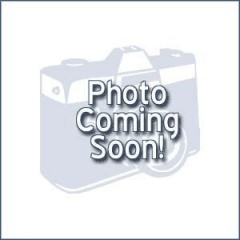Difference between revisions of "Cylinders (empty receptacles)"
| Line 17: | Line 17: | ||
* "Empty Unclean (name of substance in capitals) plus, when applicable, Marine Pollutant". <br><br> | * "Empty Unclean (name of substance in capitals) plus, when applicable, Marine Pollutant". <br><br> | ||
Reference is made to the relevant IMO regulations on hazardous cargo. <br><br> | Reference is made to the relevant IMO regulations on hazardous cargo. <br><br> | ||
| − | + | ||
[[Category:Machinery]] | [[Category:Machinery]] | ||
[[Category:Products]] | [[Category:Products]] | ||
Revision as of 13:13, 8 January 2013
| Infobox on Cylinders (empty receptacles) | |
|---|---|
| Example of Cylinders (empty receptacles) |  |
| Facts | |
| Origin | - |
| Stowage factor (in m3/t) | - |
| Humidity / moisture | - |
| Ventilation | - |
| Risk factors | - |
Cylinders (empty receptacles)
Description
The cylinders shall be treated as regulated for their original content unless a certificate or statement is shown (by the shipper) which declares that the cylinders do not contain any traces of the former substance.
Dedicated empty receptacles such as portable tanks or cylinders which have been used previously for the carriage of dangerous goods are usually returned to the original shipper in an unclean condition.
In accordance with the provisions of the SOLAS Convention, they are subject to the same requirements as full receptacles and should be declared, handled, marked, labeled, stowed, segregated, documented and reported to authorities in the same way as filled receptacles.
The proper shipping name is either:
- "Residue - Last Contained (name of substance in capitals) plus, when applicable, Marine Pollutant"
or
- "Empty Unclean (name of substance in capitals) plus, when applicable, Marine Pollutant".
Reference is made to the relevant IMO regulations on hazardous cargo.











